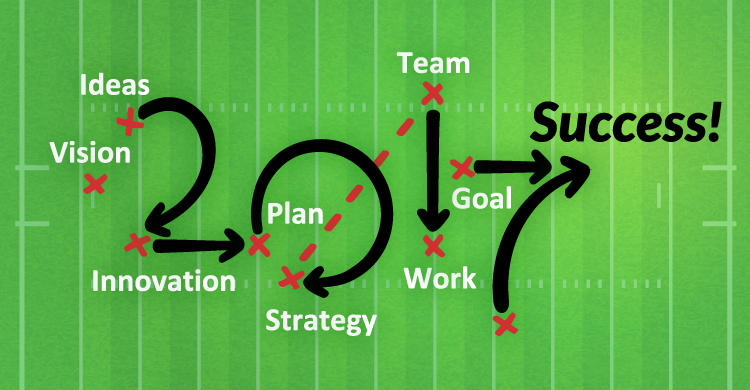The first half of the school year has drawn to a close. Which students have learned the mathematics standards your team has taught and assessed? Which students have not yet learned those standards?
Too many teams “hope” that a student will become proficient with grade-level standards over the course of a year. However, as Vince Lombardi is quoted as saying, “hope is not a strategy.” So, what is your team’s strategy to address the learning needs of each student? In other words:
What is your TEAM plan to re-engage learners throughout the rest of this school year so they become proficient with grade-level standards and will be successful next year when learning mathematics?
Answering this question is vital to a healthy school culture and closing gaps in student learning. Answering this question also requires the expertise of each member of your mathematics team – this is larger than any one teacher. I have found the protocol below to be a useful tool as teams work to address the learning needs of students at this check-in time of year.
Check-in and Plan Protocol
A. Identify Students
Suppose a state assessment in mathematics at your grade level or course is going to be given tomorrow over only those standards your team has taught and assessed so far. Which students do you think would show evidence of being proficient, close to proficient, or far from proficient? How many total students on your team fall into each category? Complete the chart below with student names and find the total number of students on your team in each category.
| Teacher | Proficient | Close to Proficient | Far from Proficient |
|
|
|||
|
|
|||
| TEAM
Total |
* At the secondary level, teachers may instead highlight names on rosters and put totals in the chart
B. Create a Plan
Once the chart is complete, address the questions below as a team. The questions begin with identifying those skills proficient students are demonstrating so your team can see what to target in the remaining groups to move student learning forward.
- What knowledge and skills are demonstrated in the work of students who are proficient that sets their work apart? (What do they know? What are they able to do?)
- What is your TEAM plan to move students from close-to-proficient to proficient?
- What knowledge and skills can you target?
- What is your TEAM plan to move students far-from-proficient to close-to-proficient? What knowledge and skills can you target?
- What is your TEAM plan to enrich/extend the learning of students who are proficient?
In addition to specific content, the answers to question #1 often involve mathematical practices or process standards that students have learned as habits of mind or numeracy. That means that sometimes a practice or process standard needs to be more explicitly taught to a group of students not yet showing evidence of that type of thinking and reasoning as part of the TEAM plan.
A TEAM plan does not mean each teacher recognizes something students need and collectively agree to do their “own thing.” While individual teacher response is critical to ensure first and best instruction and should be continued, this protocol emphasizes a team commitment to a response to improve the learning of students – that regardless of teacher, the team promises all students in that grade or course they will learn the standard(s) using an identified strategy or with identified scaffolds and supports. For example, a third grade team working with students to understand fractions might:
- Create a common mini lesson to use with identified students.
- Share students so for one class period one teacher works with those students proficient, another with those students close, and the remaining one or two teachers work with students far from proficient. They create the re-engagement activities as a team.
- Spend 10 minutes on a common warm up dedicated to fractions each day or three days a week. Each teacher on the team finds some of the problems to use and shares them.
- Work together to intentionally modify tasks in the next unit to include fractions in problems.
- Utilize a systematic RTI process with identified Tier 2 and Tier 3 learning opportunities and design lessons to address fraction understanding (Tier 2 – intervention with grade-level standards) and/or continued practice with topics in numeracy building to an understanding of fractions (Tier 3 – remediation so students can access grade-level standards).
C. Monitor and Adjust
Once a plan is determined, consider how to assess whether or not it improved student learning. How successful was the intervention? How meaningfully did the enrichment or extension promote deeper levels of learning? Which students, if any, moved up one level? Celebrate! And then…repeat. Re-evaluate after the next unit to continue working toward each student’s learning of the essential grade level standards at high levels.
2017 is just beginning. There is still half of a school year left (or more). What is your TEAM plan to intentionally target the learning of students while continuing to teach grade-level content? A quality plan is bigger than me and bigger than you. It takes us to have the greatest impact on the learning of each student. Together, it is possible to minimize gaps in student learning and set students up for success.
[author_bio id=”354″]






